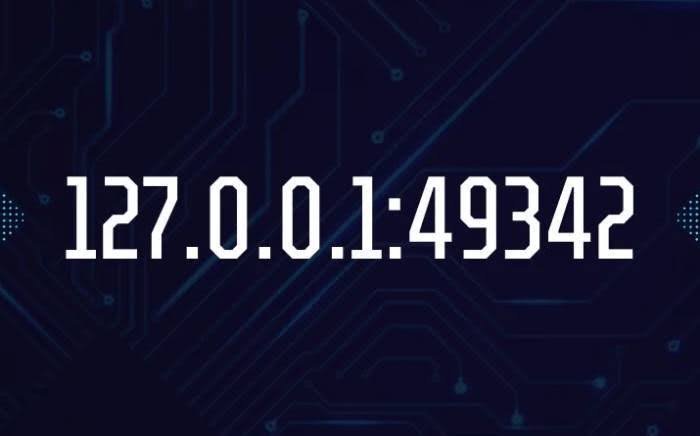In the vast landscape of computer networking, the address “127.0.0.1:49342” serves as a crucial element for developers and system administrators alike. This combination of an IP address and a port number signifies a local connection, often used for testing and development. Understanding the implications and applications of 127.0.0.1:49342 can illuminate its importance in today’s digital world.
What is 127.0.0.1?
At its core, 127.0.0.1 is known as the “loopback” address, a standard defined by the Internet Protocol (IP). This address allows a computer to communicate with itself, facilitating network operations without requiring an external network connection. Essentially, when data is sent to 127.0.0.1, it is routed back to the originating device, making it an invaluable resource for testing applications.
Loopback addresses range from 127.0.0.0 to 127.255.255.255, but 127.0.0.1 is the most widely recognized. It serves as a sandbox for developers to experiment with networking protocols, application functionalities, and server configurations, all in a safe environment.
Understanding Port 49342
The number 49342 represents a port, which is an endpoint for communication in a networking context. Each application running on a computer listens on a specific port to receive data. This enables multiple applications to operate simultaneously without interference.
Port numbers can be categorized into three ranges:
- Well-known ports (0-1023), reserved for standard services (e.g., HTTP, FTP).
- Registered ports (1024-49151), used by software applications.
- Dynamic or private ports (49152-65535), typically assigned for temporary use.
Port 49342 falls into the dynamic range, which is frequently used for custom applications and testing environments.
Practical Uses of 127.0.0.1:49342
- Local Web Development: Web developers often utilize 127.0.0.1:49342 to run local servers. When a developer hosts a web application on their machine, they might configure it to listen on port 49342. By accessing http://127.0.0.1:49342 in a browser, they can view and interact with their application as if it were hosted on the internet, allowing for seamless development and debugging.
- Database Connectivity: Database management systems often use the loopback address for local connections. For instance, a developer might set up a database service to listen on port 49342, enabling applications to connect and query data without needing a network connection. This setup simplifies testing and data manipulation.
- API Development and Testing: As software increasingly relies on APIs (Application Programming Interfaces), developers often use localhost for testing these interactions. Configuring an API to run on 127.0.0.1:49342 allows developers to send requests and receive responses locally, ensuring that functionality works before deploying to a live environment.
- Debugging Tools: Many debugging and monitoring tools utilize the loopback address to interact with applications. By sending requests to 127.0.0.1:49342, these tools can analyze application performance, troubleshoot issues, and provide real-time feedback, enhancing the development process.
Security Considerations
While using 127.0.0.1:49342 provides a secure way to test applications locally, it is essential to be mindful of security practices. Although the loopback address is not accessible from outside the local machine, improperly configured applications may still expose vulnerabilities. Developers should implement measures such as:
- Firewalls: Ensuring that only authorized traffic can reach the application.
- Authentication: Implementing user authentication to control access to the application.
- Encryption: Using protocols such as HTTPS to secure data in transit.
By adhering to these practices, developers can safeguard their applications from potential risks even in a local environment.
Conclusion
The combination of 127.0.0.1:49342 serves as a pivotal component in local networking, especially for developers. It offers a platform for experimentation, testing, and debugging, enabling the creation of robust applications in a controlled setting. As technology evolves, understanding the nuances of localhost communication remains essential for successful software development.
In a world where efficiency and security are paramount, leveraging tools like 127.0.0.1:49342 can significantly enhance the development workflow, allowing developers to innovate while minimizing risks. Whether through web development, database management, or API testing, the implications of this local address extend far beyond its technical definition, embodying a fundamental practice in modern computing.




